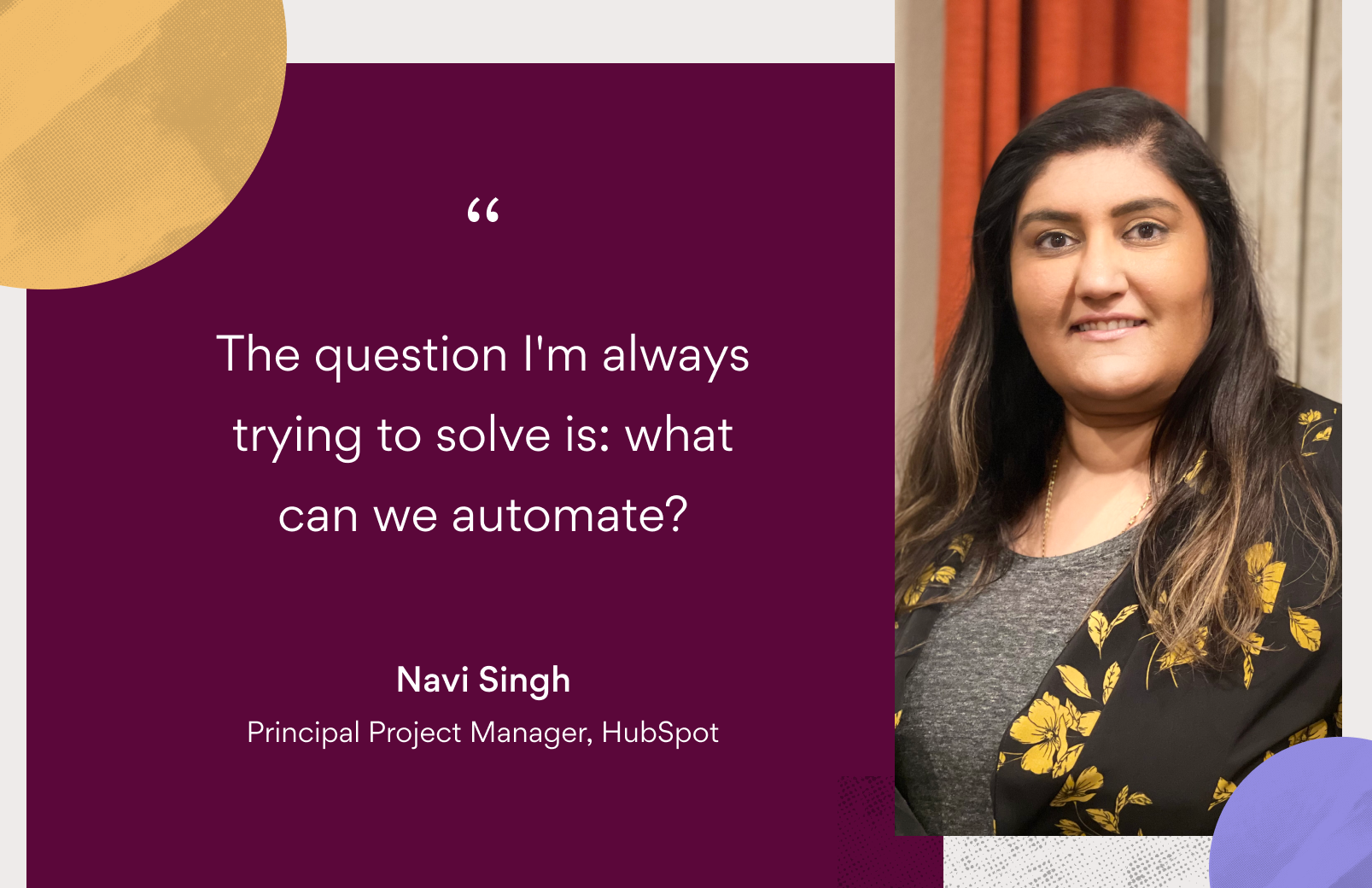Q&A: How Vodafone reaps the rewards of work management

At Vodafone, a leading telecommunications company in Europe and Africa, Darragh Cresham, Operations and Technology Manager for Vodafone Business, has taken an agile and innovative approach to work management. By giving teams a single platform to work in rather than scattered apps and ad hoc processes, Darragh has enabled his teams to move swiftly and effectively tackle the challenges that come with complex processes and a dispersed workforce. So how does Vodafone use work management?
In this Q&A, Darragh dives into the benefits Vodafone has experienced from levelling up on work management—from an uptick in project completion to increased productivity—as well as advice on how other businesses can begin to unlock this potential too.
Why is work management such an important part of Vodafone Business and why do you think other businesses need to focus on it?
Vodafone is a very large, complex organisation operating across multiple markets. To manage all that complexity, my team has really leaned into Vodafone’s values to guide us. Those values include:
- Experimentation and willingness to learn fast
- Earning customer loyalty
- Get it done together
- Create the future
In a complex organisation and in my own globally dispersed team, it is very difficult to achieve these goals if you don’t have a single source (or platform) for everyone to collaborate in.
For us, Asana is that single source of truth. It’s a platform that helps my team navigate complexity and manage work more effectively. If we didn’t have a single work management tool like Asana, we wouldn’t be able to live our company values.
What challenges were you facing that led you to start exploring work management?
I joined Vodafone in late 2018 and one of my responsibilities was getting proper government and due diligence in the project management team. Even before COVID-19, we were a dispersed company with teams spread around the globe and, at the time, we didn’t have a central process for how we managed strategic projects across those teams.
For example, when I first started, I remember going into one project that was being managed in an old spreadsheet and there was a lot of conflicting information in it. This lack of transparency was a huge challenge for smooth project management.
In thinking about how work management could help Vodafone, I honed in on four key challenges we wanted to work on:
- Lack of visibility: We needed a single source of truth to navigate complexity and scale coordination and collaboration across all teams.
- Unclear accountability: Lack of transparency can mean lack of accountability. Teams need to know who is working on what by when and have version control in order to work efficiently.
- Governance gaps: Joining dots to ensure work isn’t falling through the cracks was a crucial need.
- Dispersed workforce: Since our company is so dispersed, we needed a way to be agile and adaptable while working remotely and across many time zones.
Since you began focusing on work management, what are the tangible benefits you’ve seen? And what’s the response from your team been like?
It is very important for me to be able to see an ROI on the tools we invest in. In answering that question, there are two buckets in which I see a clear return on investment: the quantitative ROI and the qualitative ROI.
On the quantitative side, being able to connect a dispersed team and create visibility on all projects for everyone has allowed people to get up to speed more quickly and deliver results more easily. In terms of output, we saw a massive uptick in the number of projects we were able to manage. Even during COVID-19, we saw a 50% increase in project capacity after implementing Asana. Because we could complete projects more quickly, we were able to work with people who didn’t even work in our business unit more easily, and that made a massive difference.
Since one of our values is “Getting things done together,” the qualitative ROI is equally important to me. At the end of the day, with Asana we have happier teams working more collaboratively. Since projects are getting done more quickly, there is less conflict because it is very clear who needs to do what. And, most recently, I onboarded a number of team members, one of whom was in Budapest. After the onboarding, she was very vocal about the benefits of using Asana. She understands what she is accountable for, is more engaged, and ramped up more quickly than expected.
“At the end of the day, with Asana we have happier teams working more collaboratively.”
Darragh Cresham, Operations and Technology Manager for Vodafone Business
How did you evaluate and demonstrate the business case for work management and Asana?
Vodafone is one of the biggest data processors in the world so we pride ourselves in how we look after our customer data, staying in line with all regulatory requirements in the countries we do operate in. We expect and need our business partners to be equally obsessed with protecting customer data.
After kicking off an RFI process and doing a lot of research, we landed on Asana. We chose them because, not only could they comply with our data privacy needs, but we saw that we could work with them in a true partnership. For example, it is critically important that we house our data in the EU, and Asana was very transparent with us about where our data was being stored and ensured that we met that requirement.
It’s clear there are many benefits to work management, particularly for large organisations. For businesses that are unfamiliar with work management, but interested in implementing it or learning more, what advice can you give them on where to start?
If you’re preparing to bring in a new piece of technology, you first need to define what, exactly, the problem is you’re trying to solve for. What are you trying to achieve and where do you see the gaps that this new tool or process will fill? Beyond creating a problem statement that articulates what you’re trying to solve, make sure you also know what ‘great’ looks like. That will help guide your process.
As you begin the process of finding a solution, it is important to explore a bunch of tools and features. Make sure you understand the nuances between your various options, know what features are important, and that the vendors are on the same page as your team. Make sure you’re able to have a transparent and open dialogue with the companies you’re thinking of partnering with about due diligence and government procedures.
When you do pick a new tool and introduce it to your organisation, continually find ways to measure its impact. It is important to be able to demonstrate the business case for the ROI of work management (or any new tool) before extending it to more teams.
Want to learn more about the importance of clarity in an organisation? Watch Darragh Cresham’s 15-minute webinar with Computer Weekly.

